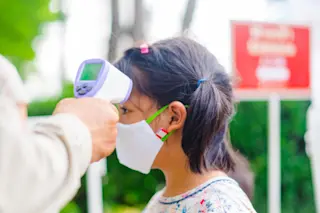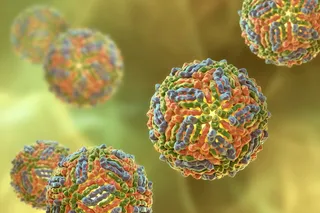With school back in full swing amid a pandemic, this year’s cold and flu season is a more freaky prospect for parents than any Halloween horror flick — especially given the sheer number of viruses that seem to be circulating around.
“[My daughter] keeps bringing home new colds and I swear to Christ I'm buying a homestead and not having any other human contact for 10 years,” a friend texted me recently. “It's enough to make me start considering essential oils, crystals and praying to whatever deity might be listening.”
Meanwhile, a family member recently lamented that she appreciated how her son’s elementary school takes precautions meant to keep everyone safe, but the administration doesn’t allow students back on campus until 72 hours after their last cough. This means her kindergartner has been in and out of school repeatedly since classes started just two months earlier.
Before the pandemic upended ...














